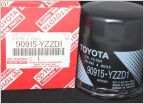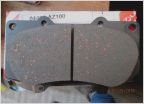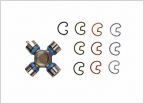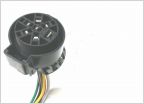-
Welcome to Tacoma World!
You are currently viewing as a guest! To get full-access, you need to register for a FREE account.
As a registered member, you’ll be able to:- Participate in all Tacoma discussion topics
- Communicate privately with other Tacoma owners from around the world
- Post your own photos in our Members Gallery
- Access all special features of the site
Test a 2nd Gen TPMS Sensor Without Installing It?
Discussion in '2nd Gen. Tacomas (2005-2015)' started by Jerry Bear, Jan 10, 2025.


 Oil Filter Question 90915-YZZD1 vs N1
Oil Filter Question 90915-YZZD1 vs N1 Lug nuts
Lug nuts Are These Pads Ceramic or Semi-Metalic
Are These Pads Ceramic or Semi-Metalic '06 2WD PreRunner with no zerks
'06 2WD PreRunner with no zerks Trailer tail lights stopped working. Connector is broken! How to fix?
Trailer tail lights stopped working. Connector is broken! How to fix?


